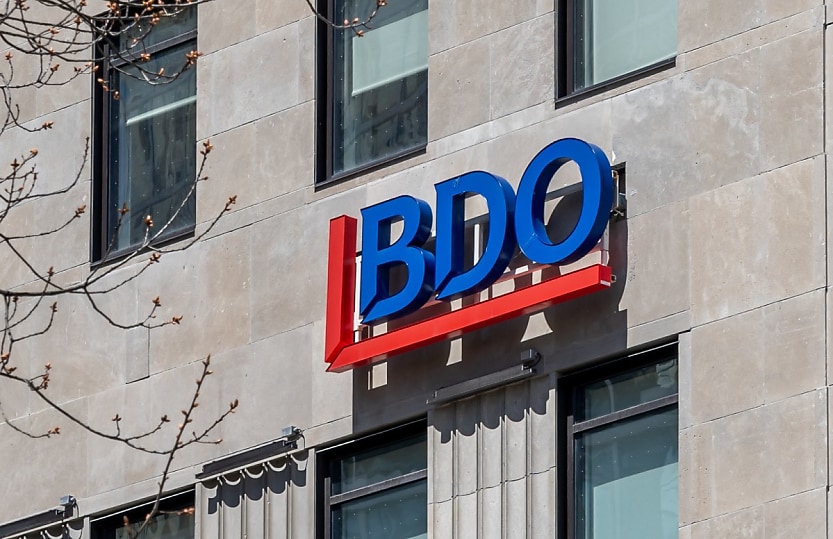‘Clock is ticking:’ BDO urges firms to revisit their thin capitalisation position

BDO has urged accounting firms to revisit their thin capitalisation setups after the ATO released its finalised third party debt test income tax ruling.
Earlier this month (1 October), the ATO released its final income tax ruling for the third party debt test (TPDT) – reform to thin capitalisation that places limits on an entity’s gross debt deductions each income year.
BDO Australia said that the finalised PCG was important for taxpayers considering whether to apply the TPDT, as it would impact the debt deductions allowable to them and remove them from the application of the debt deduction creation rules.
“The finalisation of these Tax Office releases is an important step for taxpayers who are contemplating making the election to apply the third-party debt test,” BDO wrote in a recent insight.
“Those decisions were forced upon taxpayers without access to the Tax Office’s finalised views on the operation of the various conditions under the test. Now that the ruling and guidance documents have been finalised, taxpayers can now make decisions knowing the Tax Office’s position.”
Off the back of the new guidance, BDO urged taxpayers to review their thin capitalisation positions within the next two months.
“Given decisions for the 2024 and 2025 years have been made without access to the Tax Office’s final position, taxpayers should revisit the decisions they have already made in 2024 and 2025 to ensure they provide the optimal tax result,” BDO said.
“However, the decision and the application to the Tax Office must be made no later than 60 days after the final ruling and guidance documents were published. As these were published on 1 October 2025, the clock is now ticking.”
A controversial aspect of the draft ruling related to the ‘minor and insignificant’ exclusion where lenders could have recourse to non-Australian assets as long as they were genuinely minor and insignificant.
In February, CPA tax policy lead Jenny Wong warned that the ATO’s narrow definition of ‘minor or insignificant’ assets in relation to the TPDT was overly restrictive, and suggested that the phrase should be assessed relative to the taxpayer’s total asset base rather than an absolute measure.
However, despite submissions arguing that the ATO’s view was too restrictive, the ATO reiterated its original position on the final ruling.
In its finalised guidance, the ATO noted that the TPDT was designed to be narrow.
“The TPDT limits an entity's gross debt deductions for an income year to an amount equal to the sum of its debt deductions for that year that are attributable to debt interests issued to unrelated entities and used to fund its Australian operations,” the PCG read.
“The TPDT may allow debt deductions in excess of those otherwise available under the earnings-based tests. However, the TPDT is designed to be narrow, and is not intended to accommodate all third party debt financing arrangements.”
The finalised PCG outlined the following third party debt conditions:
-
The entity issued the debt interest to an entity that is not an associate entity.
-
The debt interest is not held at any time in the income year by an entity that is an associate entity.
-
The holder of the debt interest has recourse for payment of the debt only to certain Australian assets held by the entity or an Australian member of the obligor group, or to membership interests in the entity.
-
The entity uses all, or substantially all, of the proceeds of issuing the debt interest to fund its commercial activities in connection with Australia.
-
The entity is an Australian entity.
About the author

